At the age of twelve, Taya Iv first discovered photography. But at the time, she was shy about asking people to model for her. Still, she remained undeterred, immersing herself in the art of self-portraiture. She studied different kinds of light and framing, all while making do with a simple camera phone. She connected with mentors and peers, and she worked up the courage to share her vision with the rest of the world.
She’s in good company, following in the footsteps of legendary photographers like Cindy Sherman, Vivian Maier, and Nan Goldin. For many photographers, self-portraiture represents a rite of passage. It’s where they cut their teeth and learn the fundamentals of light and exposure. Of course, some never stop; for these artists, self-portraiture can become a lifelong passion and a touchstone for future work.
“Photographing myself has taught me how to be more empathetic, shown me that I deserve to feel comfortable in my own skin, and encouraged me to find beauty in every part of my life,” Taya Iv told us last year. She’s been exploring self-portraits for more than a decade now and shows no signs of slowing down; her camera phone might have been replaced with a DSLR and a classic “nifty fifty,” but that same playful and creative sensibility remains throughout her work.
In 2020, amid global lockdowns, many photographers turned to self-portraiture for the first time, while others used time at home to expand their existing practice. Here are our top tips for creating self-portraits, no matter your level of experience.
Let go of perfectionism
We live in a world of unrealistic expectations, with as many as 64% of people editing their selfies before sharing them online. Self-portraiture often differs from the standard “selfie” in the sense that it embraces our vulnerabilities and imperfections.
It might feel uncomfortable at first, but let down your guard and learn to celebrate what makes you unique; you don’t even have to share your photos right away. What you do with your photos is up to you and you alone. Cindy Sherman has exhibited her work extensively, while Vivian Maier kept her photographs private for her whole life.
Use what you have
You don’t need the latest and greatest gear for self-portraits; earlier this year, for example, Dahyembi Neal created a stunning series of images using a kit lens. Get started with whatever camera and lens you have available. A flexible tripod and remote shutter release can prove invaluable, but you can also use a sturdy surface in a pinch.
You can download an app like EOS Utility for Canon cameras so you can see yourself on your computer, tablet, or phone screen as you compose your shot. As for lighting, you can use natural window light, modified with a homemade reflector or diffused with ordinary curtains. Backgrounds can be as simple as a piece of fabric or a bedsheet. As you evolve, you can update your equipment.
Use a mirror
A mirror can be a helpful tool when learning to “see” yourself in different lighting conditions, so feel free to experiment with your reflection when composing your portraits.
The more you study your face and gestures, the more comfortable you’ll get in front of the camera. Plus, the mirror itself can become a part of your finished portrait; both Nan Goldin and Vivian Maier used mirrors in their work—even bathroom wall mirrors or handheld mirrors will do the trick.
Practice
Self-portraits can feel uncomfortable at first, so the first step is practicing. Stick with it, and set yourself some goals. Maybe you take one portrait every day for a week, each in different rooms during different times of day. Keep all your photos, and see if you notice any patterns or recurring motifs.
Use different focusing modes and shooting modes to see what works. Introduce various props and wardrobe options or costumes, à la Cindy Sherman. Change up your angles, lenses, and perspectives. Move around and try various backgrounds. Try a silhouette or a textured close-up. Use a prism to create rainbows. The more you experiment, the more you’ll grow. Take your time; no one else is there to rush you.
Experiment with motion
While most self-portraits are stationary, there’s no rule that says you have to stand in place. By incorporating motion blur, you can create a sense of movement and mystery, while sparking candid, spontaneous moments.
Francesca Woodman often ran in and out of the frame when photographing herself, introducing a ghostly, otherworldly effect. The typical “rules” of photography—like freezing motion, eliminating grain, or keeping everything in sharp focus—can be bent and blurred a bit in a subjective genre like self-portraiture.
Study the greats
Speaking of Francesca Woodman, seek inspiration from those who came before us. Browse portfolios on 500px for fresh and modern ideas, and look to history for the classics. Look at how the masters use warm or cool light and portrait lighting patterns to convey emotions.
Taya Iv has created self-portraits using CDs for a rainbow effect and sun hats for pretty shadows, while Man Ray got creative with solarization. A quick look through social media—and the history books—will provide a wealth of new shoot ideas for even the most experienced self-portraitist.
Play hide and seek
Another trait you’ll notice in many of Francesca Woodman’s photographs is that she’s often camouflaging herself or obscuring different parts of the body. Self-portraits can reveal your face, but they don’t need to. They can show just part of your face or body and hide the rest. Use shadows and props to play with the idea of what you show your audience—and what you leave up to the imagination.
Include others
Self-portraiture can be a solitary pursuit, but it doesn’t have to be. For some, self-portraits can serve as a reminder to cherish those we love, so step into the frame when photographing your family. Taya Iv sometimes incorporates her cat into her self-portraits. Including others in the frame can often help reveal details about our lives we wouldn’t be able to share on our own, while also helping to preserve important memories.
Think long-term
For many artists, self-portraiture is a long-term pursuit. They might go through periods of creating many portraits or creating none; it’s a personal choice, so be patient with yourself. You might find yourself drifting away from self-portraits and then returning to them years down the line. That’s okay.
Nan Goldin famously took self-portraits on the road, as a way of grounding herself during periods of change or trouble. “You get displaced, and then taking self-portraits becomes a way of hanging on to yourself,” she told The New York Times in 2000. Following a difficult year, perhaps that’s something we can all relate to.
Not on 500px yet? Sign up here to explore more impactful photography.

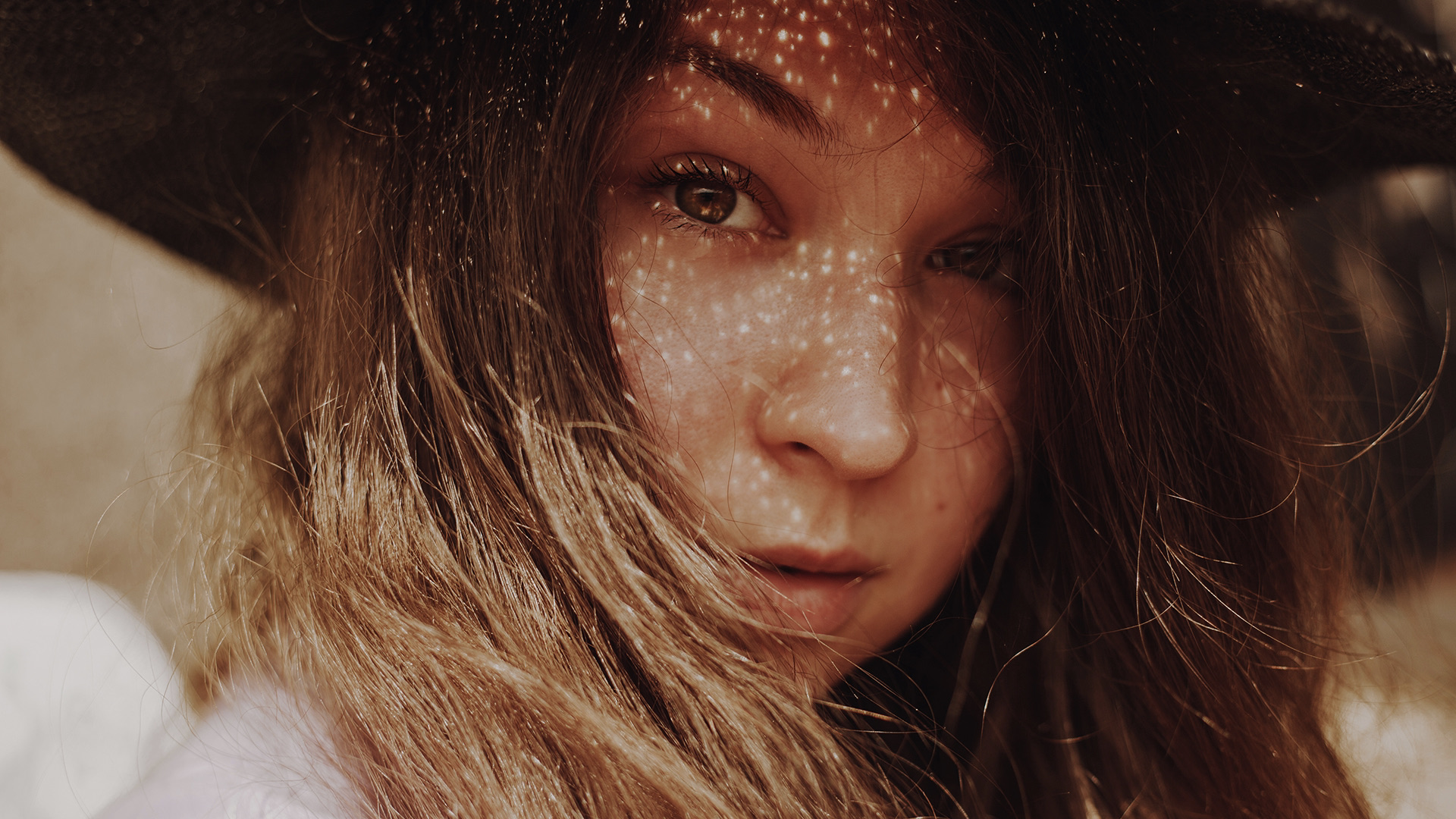
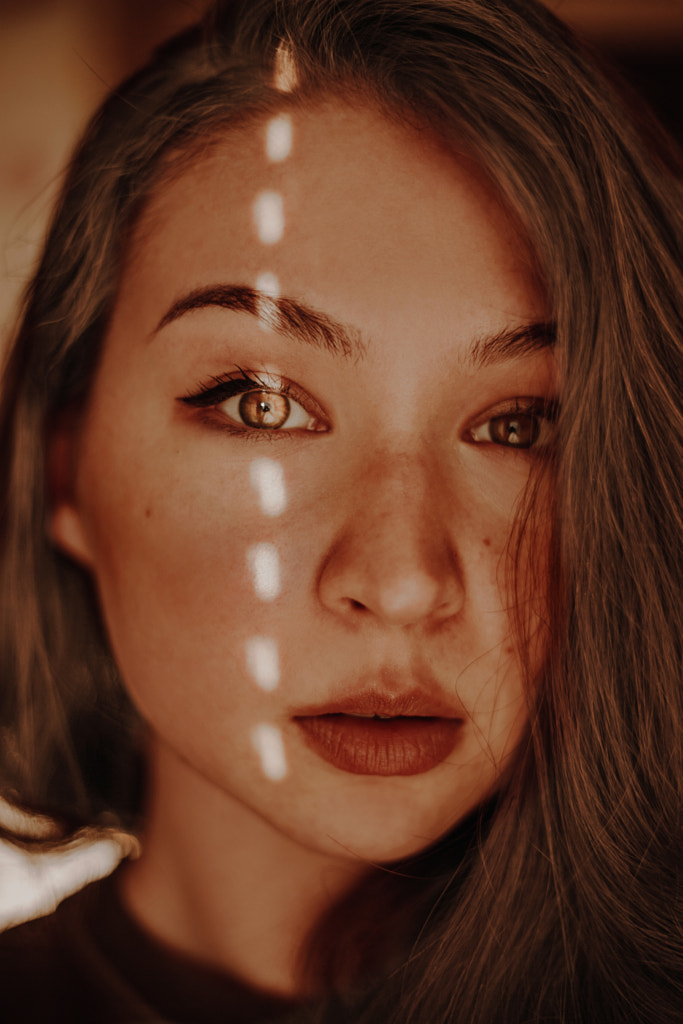
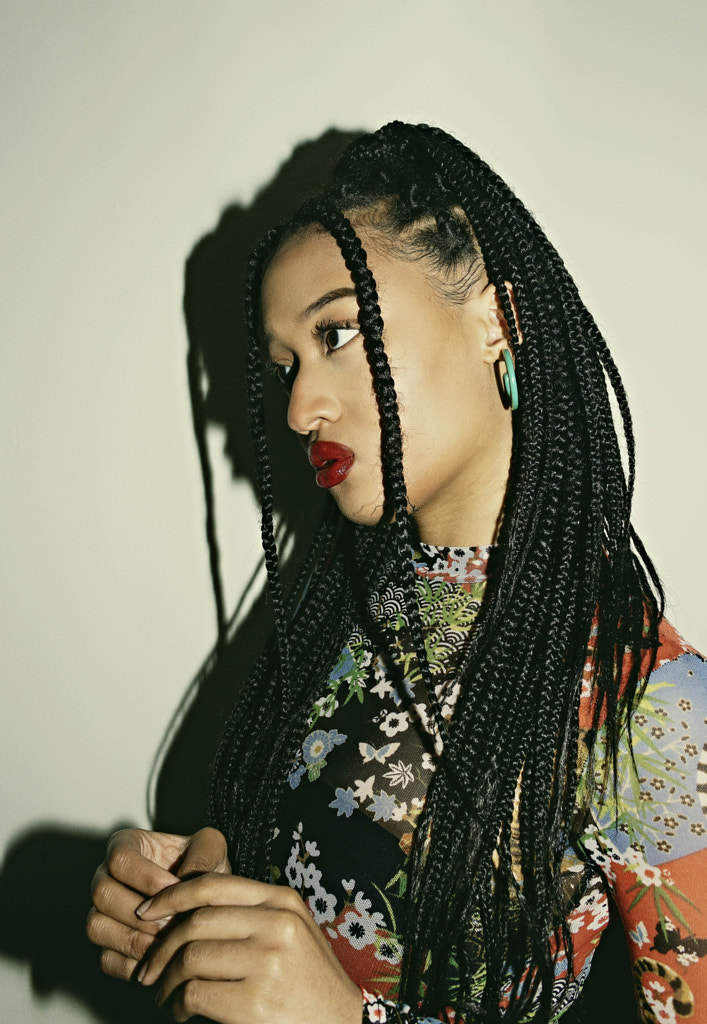
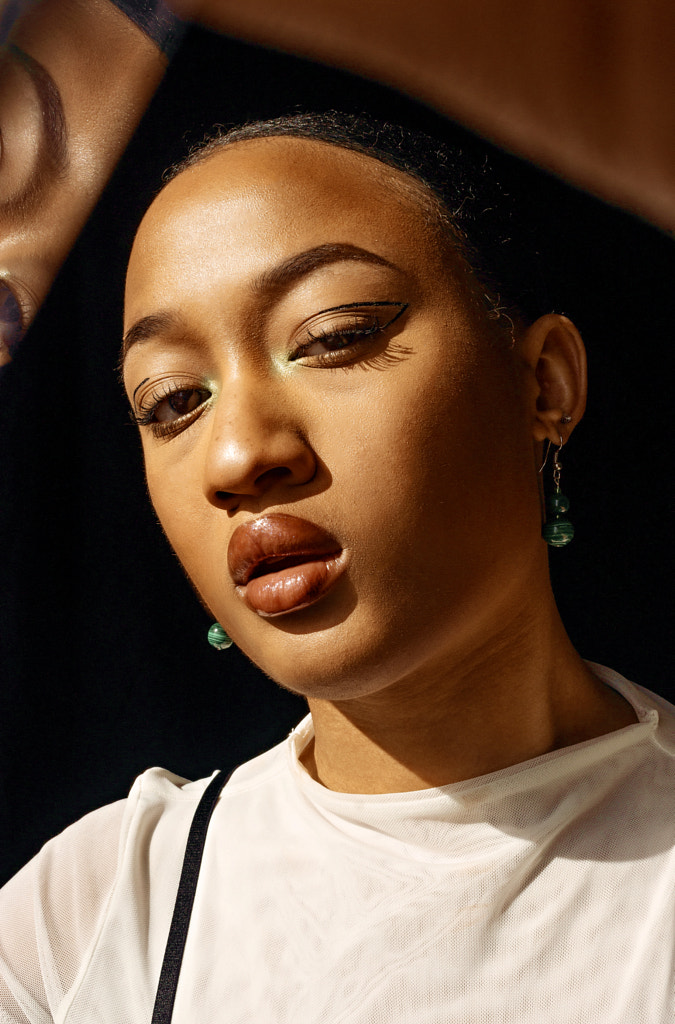


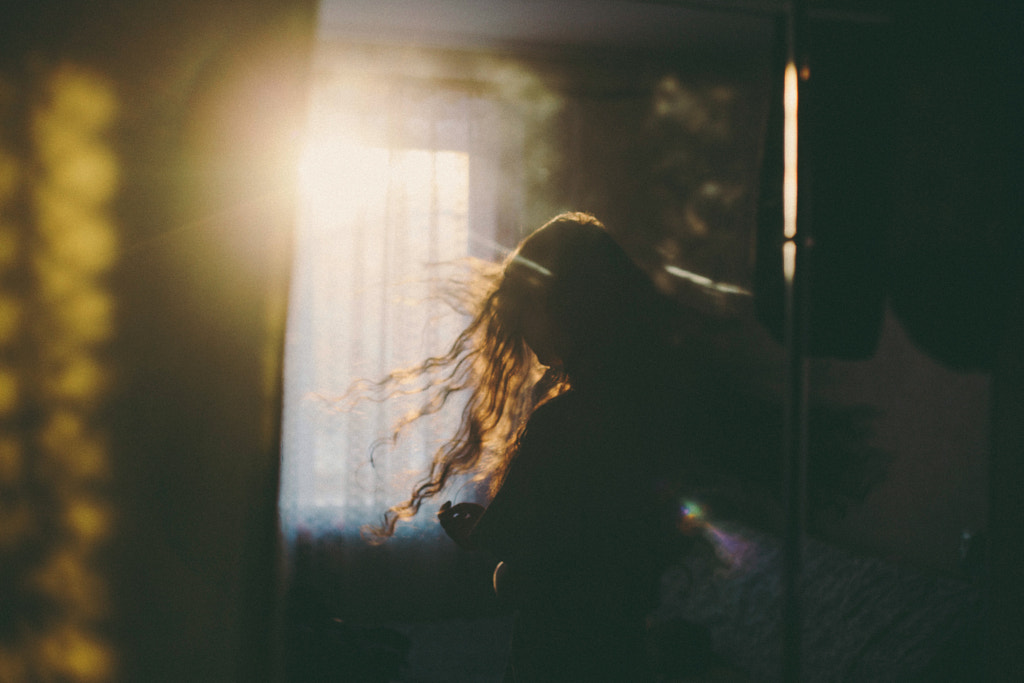
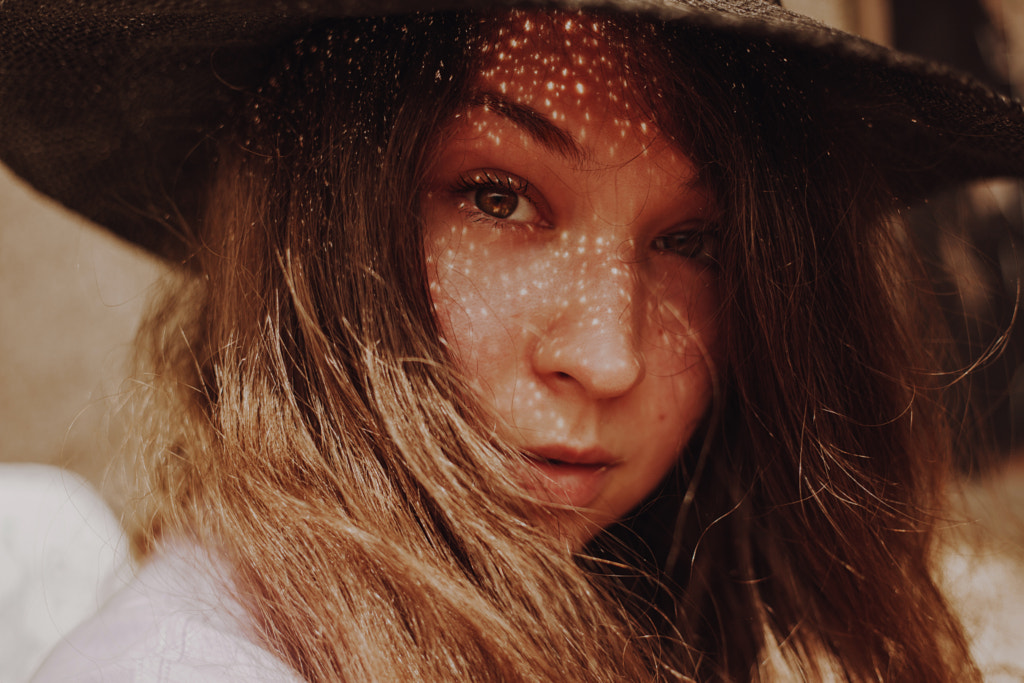
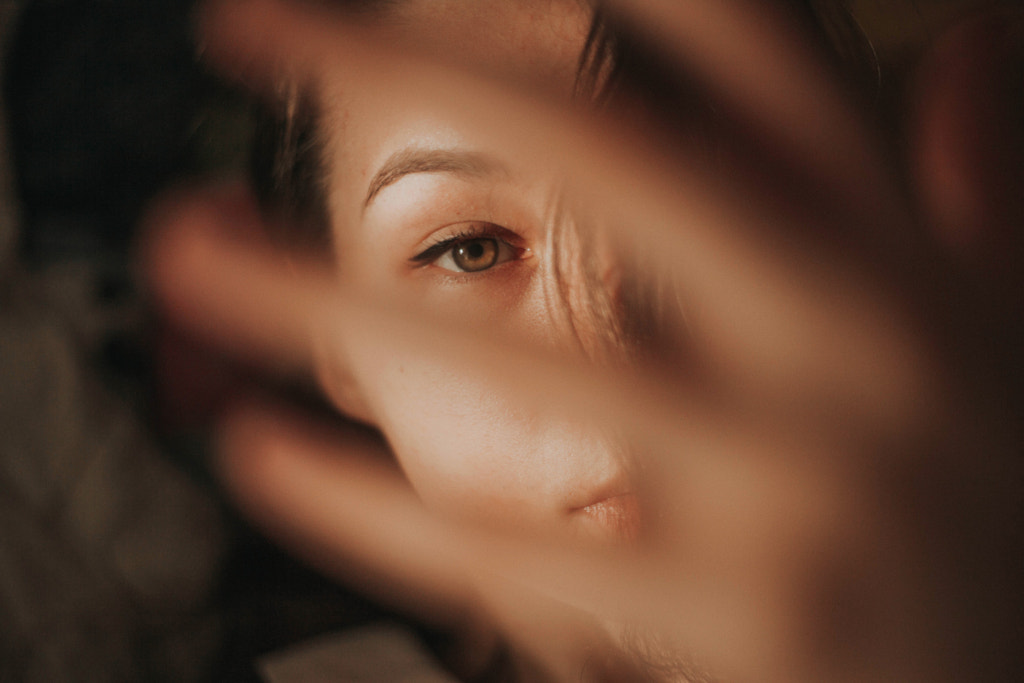
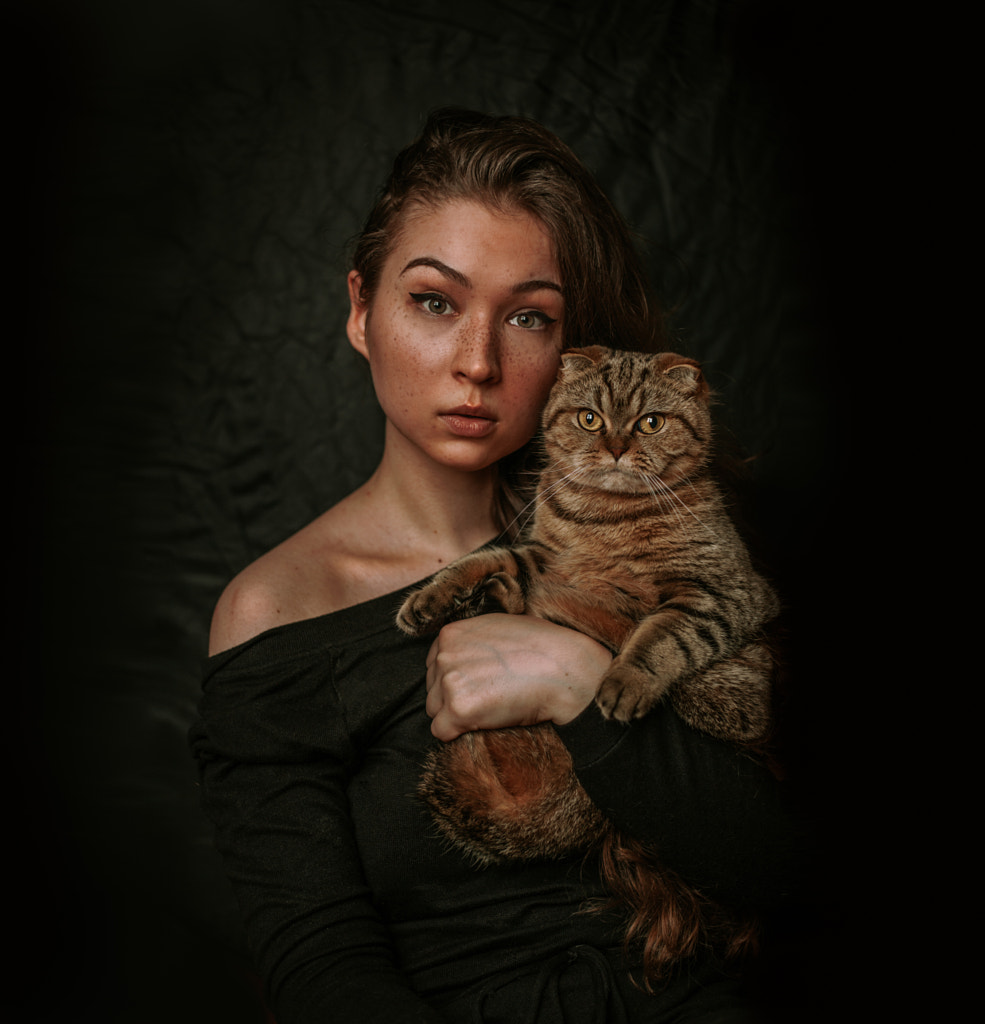

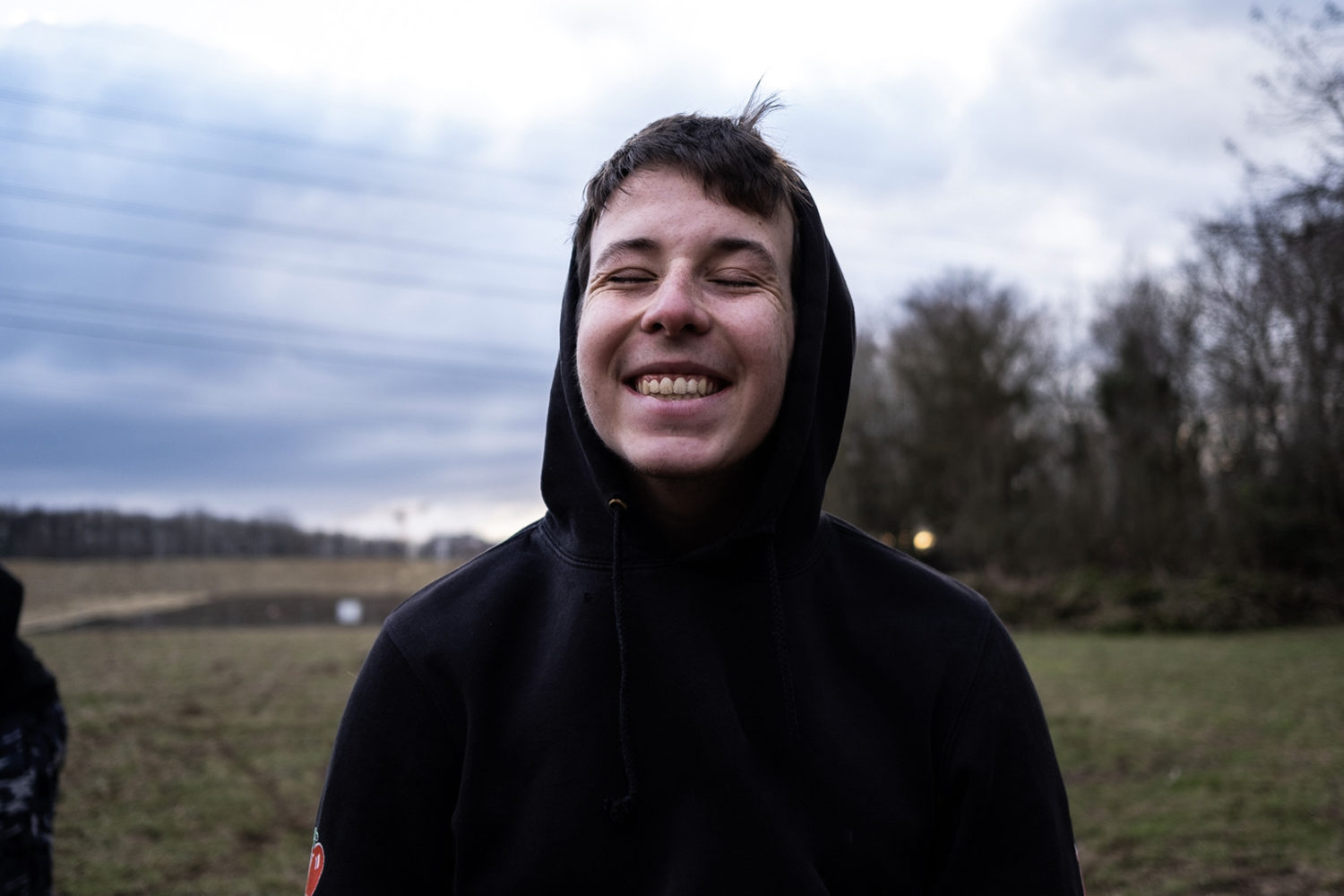
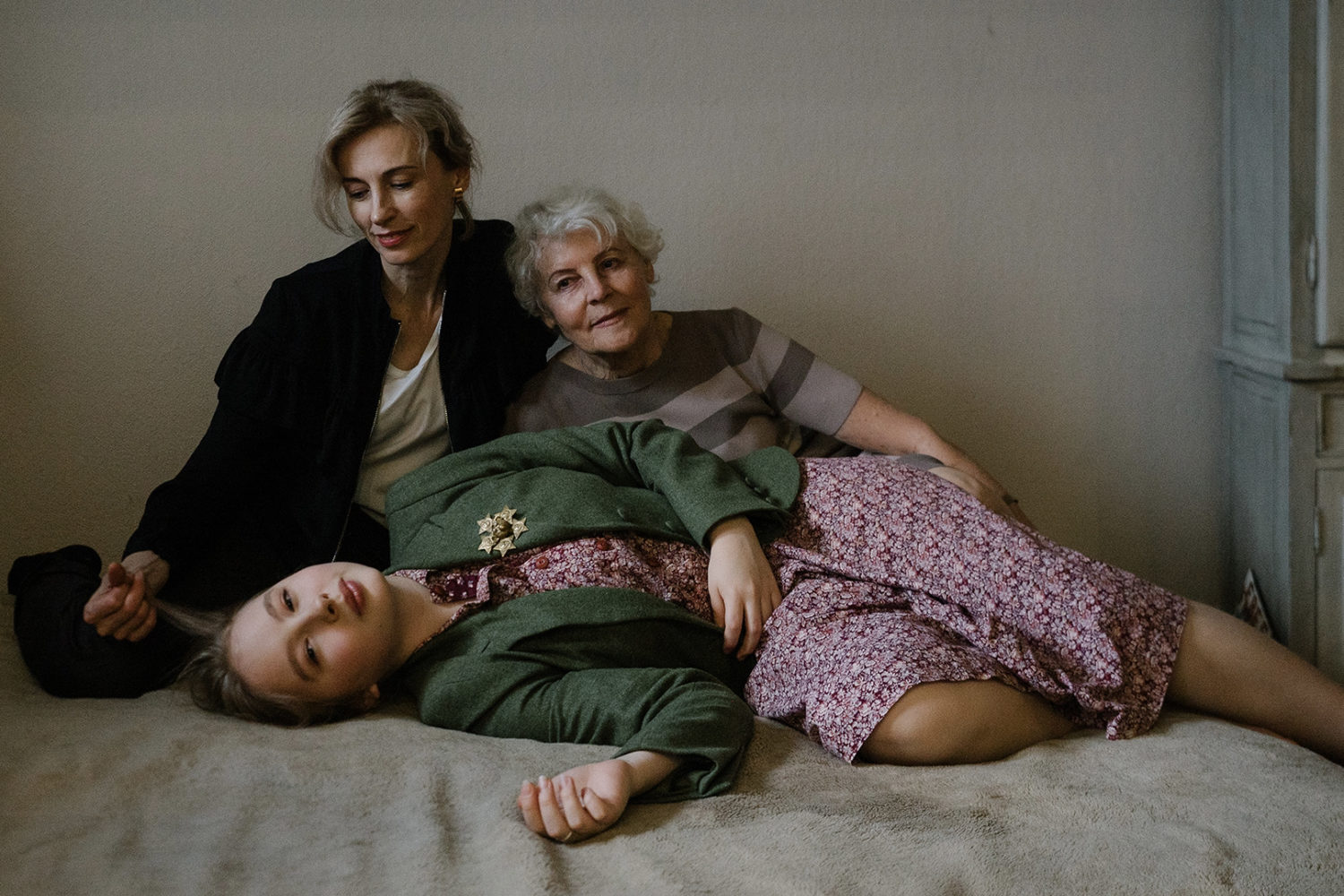
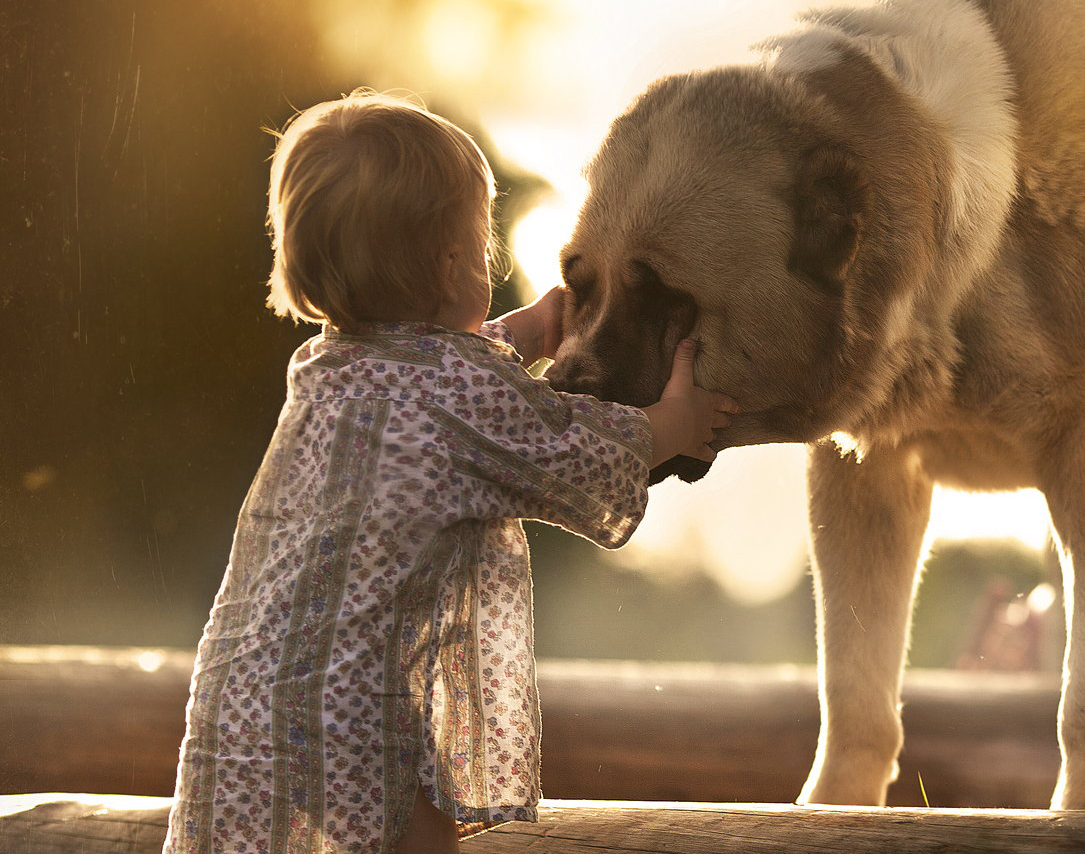


Leave a reply